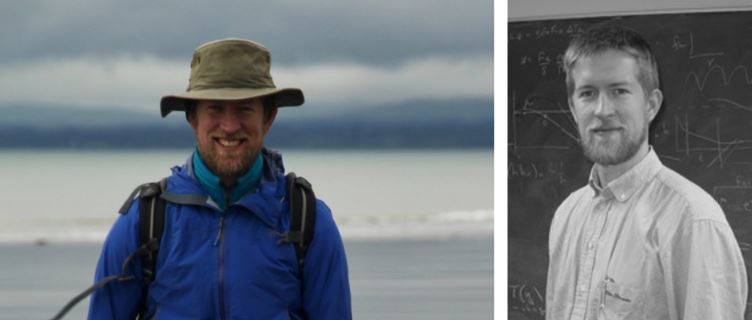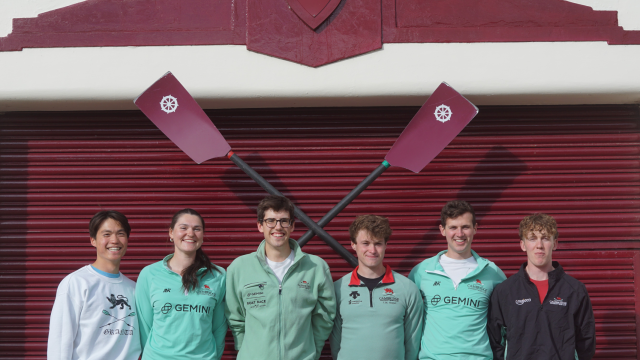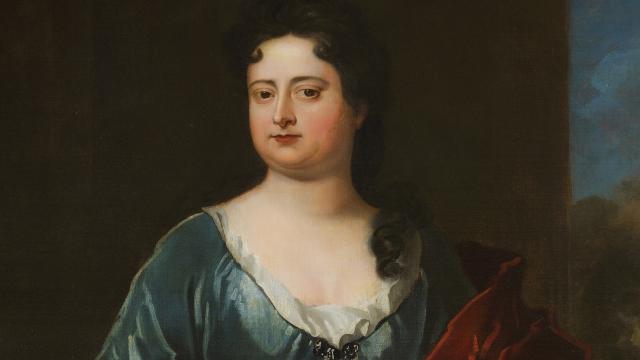
The Cambridge Science Society recently interviewed Dr Jerome Neufeld about his research interests. Dr Neufeld has been a Fellow of St Catharine's since 2009 and is currently the College's Director of Studies in Physics. Thank you to the Society for kindly granting permission for us to reproduce their interview.
Research focus: Fluid dynamics of the Earth and other planetary bodies
I’ve always liked working on a diverse range of topics that use the skills I’ve developed. Currently, with my group I’m working in three broad areas: the dynamics of ice sheets and sea ice in the polar regions, the geological storage of CO2, and the early evolution of planetary bodies including how magma oceans freeze and how planetesimals generate their magnetic fields.
The global climate crisis presents an immediate scientific challenge in which there is no end of pressing, but also fascinating scientific questions. An outstanding current question is how ice sheets connect to the porous sediments on which they often rest, and importantly how changing that subglacial environment might lead to the loss of ice. I’m using the ideas we’ve developed for flow in porous rocks to understand the subglacial environment, in particular how water moves around beneath glaciers and lubricates their flow. These are similar ideas to how we understand the flow, and ultimately the trapping, of CO2 in porous rocks.
Carbon sequestration is a technological means of tackling part of our emissions that are responsible for climate change, and we’re trying to understand how the complicated structure of the porous rocks may influence how and where CO2 flows when it is injected, and more importantly, if and when it will be stably trapped. I’ve also been interested in how ice forms in the polar oceans, and more recently how ice forms in the turbulent surface waters of the oceans in areas called polynyas. It turns out these ideas are similar to how we think of magma crystallising within the Earth.
On a much larger planetary scale, we think many bodies began with a hot, surface magma ocean, and only after some time cooled and crystallised to make the planetary surfaces we observe today.
That process of cooling and crystallisation is fluid dynamically similar to what occurs annually in the polar oceans. On the moon, we’re exploring whether this process of cooling and crystallisation may have led to the pronounced difference in the crustal thickness of the near and far sides.
What made you decide to pursue research?
I’ve always wanted to be an explorer of one kind or another. I enjoy travelling to new places to see and measure new and interesting puzzles in the field, and I find there’s a great allure to being able to explore the new and exciting research questions I find most compelling.
What would be your advice to aspiring researchers?
Ask lots of questions. When we all start out in our first degrees we’re still very much being trained in techniques and approaches. Those skills are invaluable, but as a research scientist, the ability to ask insightful questions to which those skills can be applied is what really sets excellent scientists apart. And the only way to get better at asking questions is to be curious, about everything you study, see and do.
Find out more about studying Natural Sciences at St Catharine's.






